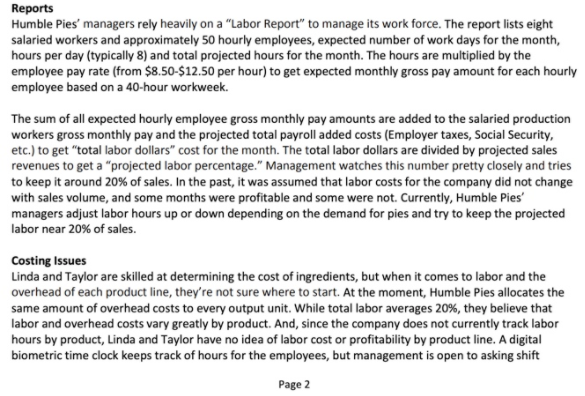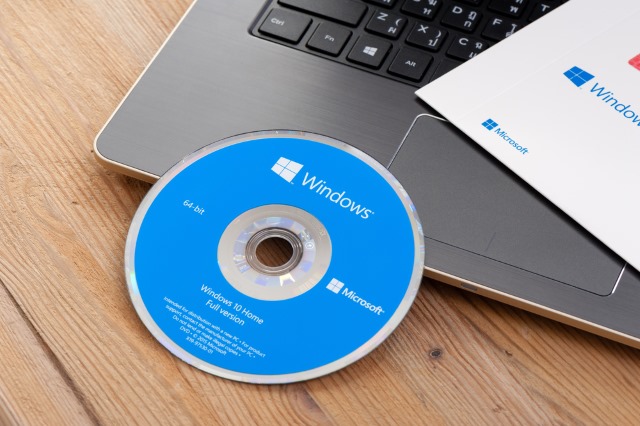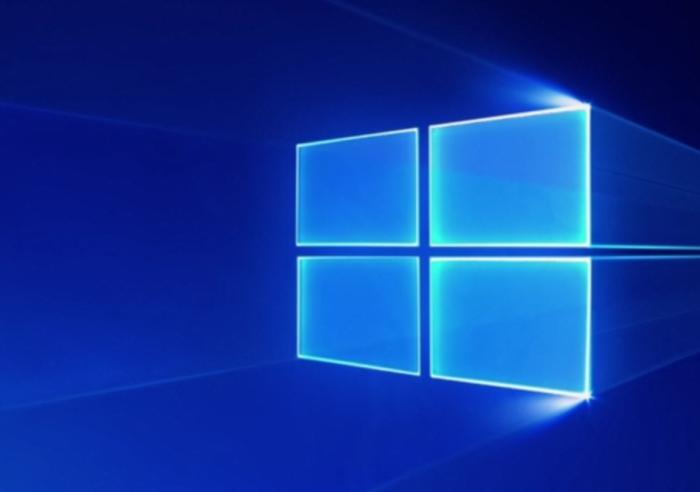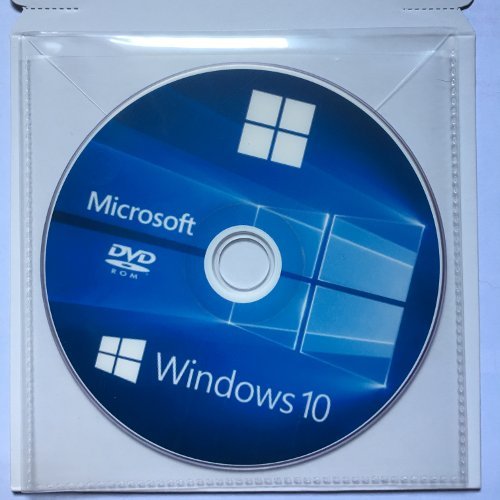Visual Studio 2005 was upgraded to support all the new features introduced in .NET Framework 2.0, including generics and ASP.NET 2.0. The IntelliSense feature in Visual Studio was upgraded for generics and new project types were added to support ASP.NET web services. Visual Studio 2005 additionally introduces support for a new task-based build platform called Microsoft Build Engine which employs a new XML-based project file format. Visual Studio 2005 also includes a local web server, separate from IIS, that can host ASP.NET applications during development and testing. Database designers were upgraded to support the ADO.NET 2.0, which is included with .NET Framework 2.0. C++ also got a similar upgrade with the addition of C++/CLI which is slated to replace the use of Managed C++.
Starting with the 2005 edition, Visual Studio also added extensive 64-bit support. While the host development environment itself is only available as a 32-bit application, Visual C++ 2005 supports compiling for x as well as IA-64 . The Platform SDK included 64-bit compilers and 64-bit versions of the libraries. The Lambda Runtime Interface Emulator is a proxy for the Lambda Runtime API,which allows customers to locally test their Lambda function packaged as a container image.
It also simplifies running your application on additional compute services. You can include the Lambda Runtime Interface Emulator in your container image to have it accept HTTP requests natively instead of the JSON events required for deployment to Lambda. This component does not emulate the Lambda orchestrator, or security and authentication configurations. The Runtime Interface Emulator is open sourced on GitHub. You can get started by downloading and installing it on your local machine. Visual Studio 2005 automatically adds the additional code that the project needs.
Unlike earlier Visual Studio releases, Visual Studio 2005 stores autogenerated code in a file separate from user-written code. In Visual Basic .NET, this file is named formname.Designer.vb. This file is hidden by default; to see the file in Solution Explorer, you must select the Show All Files option. You don't manually change the code in the Designer file, although you do change the code indirectly when you add controls to a form. User-written code belongs in either the formname.vb or formname.cs file.
If you keep the default form name of Form1, the file for your code will be named Form1.vb or Form1.cs. Visual Studio Ultimate 2010 also includes a historical debugger for managed code called IntelliTrace. Unlike a traditional debugger that records only the currently active stack, IntelliTrace records all events, such as prior function calls, method parameters, events and exceptions.
This allows the code execution to be rewound in case a breakpoint was not set where the error occurred. Debugging with IntelliTrace causes the application to run more slowly than debugging without it, and uses more memory as additional data needs to be recorded. Microsoft allows configuration of how much data should be recorded, in effect, allowing developers to balance the speed of execution and resource usage. The Lab Management component of Visual Studio Ultimate 2010 uses virtualization to create a similar execution environment for testers and developers. The virtual machines are tagged with checkpoints which can later be investigated for issues, as well as to reproduce the issue.
Visual Studio Ultimate 2010 also includes the capability to record test runs that capture the specific state of the operating environment as well as the precise steps used to run the test. These steps can then be played back to reproduce issues. Visual Studio includes a debugger that works both as a source-level debugger and as a machine-level debugger. It works with both managed code as well as native code and can be used for debugging applications written in any language supported by Visual Studio.
In addition, it can also attach to running processes, monitor, and debug those processes. If source code for the running process is available, it displays the code as it is being run. If source code is not available, it can show the disassembly. The Visual Studio debugger can also create memory dumps as well as load them later for debugging. The debugger can be configured to be launched when an application running outside the Visual Studio environment crashes. Visual Studio 2008 is focused on development of Windows Vista, 2007 Office system, and Web applications.
For visual design, a new Windows Presentation Foundation visual designer and a new HTML/CSS editor influenced by Microsoft Expression Web are included. Visual Studio 2008 also includes new code analysis tools, including the new Code Metrics tool . For Visual C++, Visual Studio adds a new version of Microsoft Foundation Classes (MFC 9.0) that adds support for the visual styles and UI controls introduced with Windows Vista. For native and managed code interoperability, Visual C++ introduces the STL/CLR, which is a port of the C++ Standard Template Library containers and algorithms to managed code.
STL/CLR defines STL-like containers, iterators and algorithms that work on C++/CLI managed objects. With lower latency, up to 19% better performance, a 20% lower cost, and the highest power-efficiency currently available at AWS, Graviton2 functions can power mission critical serverless applications. Customers can configure both existing and new functions to target the Graviton2 processor.
They can deploy functions running on Graviton2 as either zip files or container images. Visual Studio Debugger includes features targeting easier debugging of multi-threaded applications. In debugging mode, in the Threads window, which lists all the threads, hovering over a thread displays the stack trace of that thread in tooltips. The threads can directly be named and flagged for easier identification from that window itself.
In addition, in the code window, along with indicating the location of the currently executing instruction in the current thread, the currently executing instructions in other threads are also pointed out. As of 2010 a limited subset of the BCL source is available, with more library support planned for later. Visual Studio allows developers to write extensions for Visual Studio to extend its capabilities. These extensions "plug into" Visual Studio and extend its functionality. Extensions come in the form of macros, add-ins, and packages.
Macros represent repeatable tasks and actions that developers can record programmatically for saving, replaying, and distributing. Macros, however, cannot implement new commands or create tool windows. They are written using Visual Basic and are not compiled.
Add-Ins provide access to the Visual Studio object model and can interact with the IDE tools. Add-Ins can be used to implement new functionality and can add new tool windows. Add-Ins are plugged into the IDE via COM and can be created in any COM-compliant languages. Packages are created using the Visual Studio SDK and provide the highest level of extensibility. They can create designers and other tools, as well as integrate other programming languages. The Visual Studio SDK provides unmanaged APIs as well as a managed API to accomplish these tasks.
However, the managed API isn't as comprehensive as the unmanaged one. Extensions are supported in the Standard versions of Visual Studio 2005. The Visual Studio Code Editor also supports setting bookmarks in code for quick navigation. Other navigational aids include collapsing code blocks and incremental search, in addition to normal text search and regex search. The code editor also includes a multi-item clipboard and a task list.
The code editor supports code snippets, which are saved templates for repetitive code and can be inserted into code and customized for the project being worked on. A management tool for code snippets is built in as well. These tools are surfaced as floating windows which can be set to automatically hide when unused or docked to the side of the screen. With frameworks such as log4net, there's no need to place the burden on developers to add all of those details to each log message—log4net can add them automatically. That's because log4net provides a class,LogicalThreadContext, which lets you store event-specific data and print it in your log files.
To use this, update theconversionPatternelement in your configuration file to include the "%property"pattern. Although you can use any text editor to develop managed code, Visual Studio 2005 offers a highly productive environment for rapid application development . By using a template to create your SMO application, you'll write less code because the template provides prewritten "glue" code that joins the pieces of the application together. Visual Studio Application Lifecycle Management is a collection of integrated software development tools developed by Microsoft.
These tools currently consist of the IDE , server , and cloud services . Visual Studio 2008 introduced the Visual Studio Shell that allows for development of a customized version of the IDE. The Visual Studio Shell defines a set of VSPackages that provide the functionality required in any IDE. On top of that, other packages can be added to customize the installation.
The Isolated mode of the shell creates a new AppId where the packages are installed. It is aimed for development of custom development environments, either for a specific language or a specific scenario. The Integrated mode installs the packages into the AppId of the Professional/Standard/Team System editions, so that the tools integrate into these editions.
The Visual Studio Shell is available as a free download. The Lambda Runtime API in the running Lambda service accepts JSON events and returns responses. It allows you to use the docker run or docker-compose up command to locally test your lambda application. For many years, database developers have used program code to create tables indirectly. The general approach is to create a string consisting of a T-SQL CREATE TABLE statement that the code sends to the database server to be executed. SMO offers a cleaner, better, object-oriented way of creating database objects directly through code without using T-SQL as an intermediary.
Now we want to make the backup application more user friendly by giving the user a list of database names to choose from. Enhance the SqlBackup application by adding code to a Form Load event handler that will populate the ListBox control with the names of the databases on the server. To back up the database, the user can simply select a database and click Backup.
Finally, to verify the backup, add a Restore object and use a MessageBox control to provide backup verification status to the user. When the New Project dialog box appears, select the Project Type and Template for your project, as Figure 1 shows, then click OK. A little later, when we enhance our database backup example, we'll use a Windows Application template because we want a rich UI. When an application needs to run in the background as a service, a Windows Service template is the appropriate choice. The code quality metrics and violated source code can be easily accessed via any internet browser, which helps the entire team to fix the code and monitor the progress easily. Additionally, SonarQube supports integration with several automated build servers and unit test code coverage tools.
Also, read our blog on SonarQube integration with Jenkins. Visual Studio supports running multiple instances of the environment . The instances use different registry hives (see MSDN's definition of the term "registry hive" in the sense used here) to store their configuration state and are differentiated by their AppId . The instances are launched by an AppId-specific .exe that selects the AppId, sets the root hive, and launches the IDE. VSPackages registered for one AppId are integrated with other VSPackages for that AppId. The various product editions of Visual Studio are created using the different AppIds.
The Visual Studio Express edition products are installed with their own AppIds, but the Standard, Professional, and Team Suite products share the same AppId. Consequently, one can install the Express editions side-by-side with other editions, unlike the other editions which update the same installation. The professional edition includes a superset of the VSPackages in the standard edition, and the team suite includes a superset of the VSPackages in both other editions.
The AppId system is leveraged by the Visual Studio Shell in Visual Studio 2008. Support for programming languages is added by using a specific VSPackage called a Language Service. A language service defines various interfaces which the VSPackage implementation can implement to add support for various functionalities. Functionalities that can be added this way include syntax coloring, statement completion, brace matching, parameter information tooltips, member lists, and error markers for background compilation. If the interface is implemented, the functionality will be available for the language.
Language services are implemented on a per-language basis. The implementations can reuse code from the parser or the compiler for the language. Language services can be implemented either in native code or managed code.
For native code, either the native COM interfaces or the Babel Framework can be used. For managed code, the MPF includes wrappers for writing managed language services. The files required for the execution of function code can be read by the default Lambda user. Lambda defines a default Linux user with least-privileged permissions that follows security best practices.
You need to verify that your application code does not rely on files that are restricted by other Linux users for execution. Localytics leverages the Serverless framework to manage flow of code across the development pipeline. They've open-sourced a node.js package to create slackbot Lambda functions easily. Once configured, these Lambda functions can take action on commands like '/bot ping' or '/bot echo'. Since their infrastructure is predominantly AWS-centric, Lambda allows them to easily leverage other AWS services and accomplish complex cross-service tasks that would otherwise take a lot of effort. Thus, Lambda helps Localytics simplify its infrastructure management using ChatOps, with better integration across other AWS services.
On September 16, 2011, a complete 'Developer Preview' of Visual Studio 11 was published on Microsoft's website. Visual Studio 11 Developer Preview requires Windows 7, Windows Server 2008 R2, Windows 8, or later operating systems. "Visual Studio 2012 Update 1" (Visual Studio 2012.1) was released in November 2012.
This update added support for Windows XP targets and also added other new tools and features (e.g. improved diagnostics and testing support for Windows Store apps). The Visual Studio 2010 code editor now highlights references; whenever a symbol is selected, all other usages of the symbol are highlighted. It also offers a Quick Search feature to incrementally search across all symbols in C++, C# and VB.NET projects. Quick Search supports substring matches and camelCase searches. The Call Hierarchy feature allows the developer to see all the methods that are called from a current method as well as the methods that call the current one.






















































